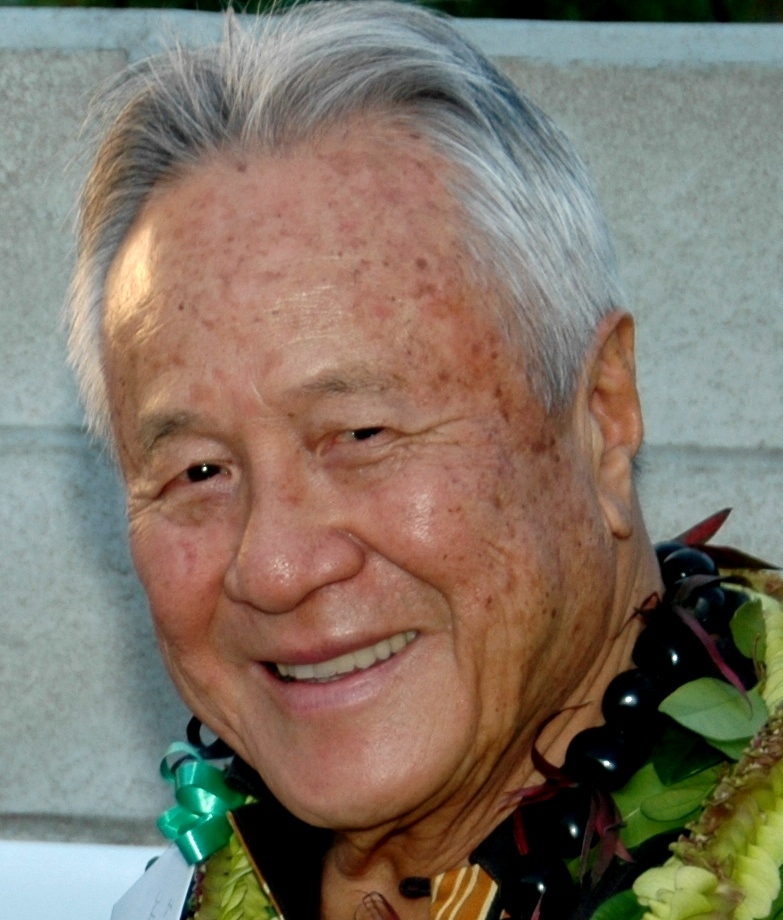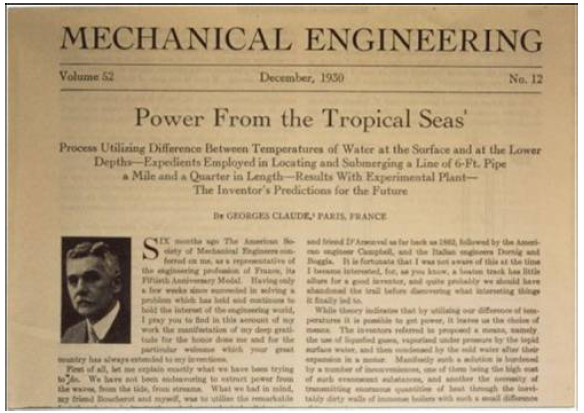Vision Statement
For decades, scientists and engineers have pursued the dreams and advantages of OTEC energy. With advances in today’s technology, those dreams may be realized.

Dr. Hans-Jurgen Krock

Dr. Alfred A. Yee

There are several characteristics of OTEC technology that guide the EHS vision as to when and where to develop commercially viable systems.
- OTEC utilizes the largest energy resource in the world (the sun). This technology is non-polluting and may eventually replace our present fossil fuel based energy systems. It directly addresses the problem of global warming and offers a viable solution. Consequently, those societies which develop this sustainable energy resource will be in the best position for future economic growth and energy independence.
- OTEC systems can be sized to develop an export economy for societies to participate in the global economy. This means that industrial societies can use liquid hydrogen for their transportation fuel as well as for their electricity production (using highly efficient and non-polluting fuel cell systems).
- OTEC systems developed by Energy Harvesting Systems can produce not only base load electrical power but also potable water, hydrogen, and oxygen.
- The OTEC resource is best located in the tropical ocean where both the warm surface layer and the cold deep layer are accessible. The most logical place to deploy a commercial scale OTEC system is adjacent to a location where conventional energy costs are presently high and where other renewable energy alternatives are limited.
- OTEC systems can be designed to primarily produce fresh water. This means that water deficient locations can develop an alternative water supply system.
